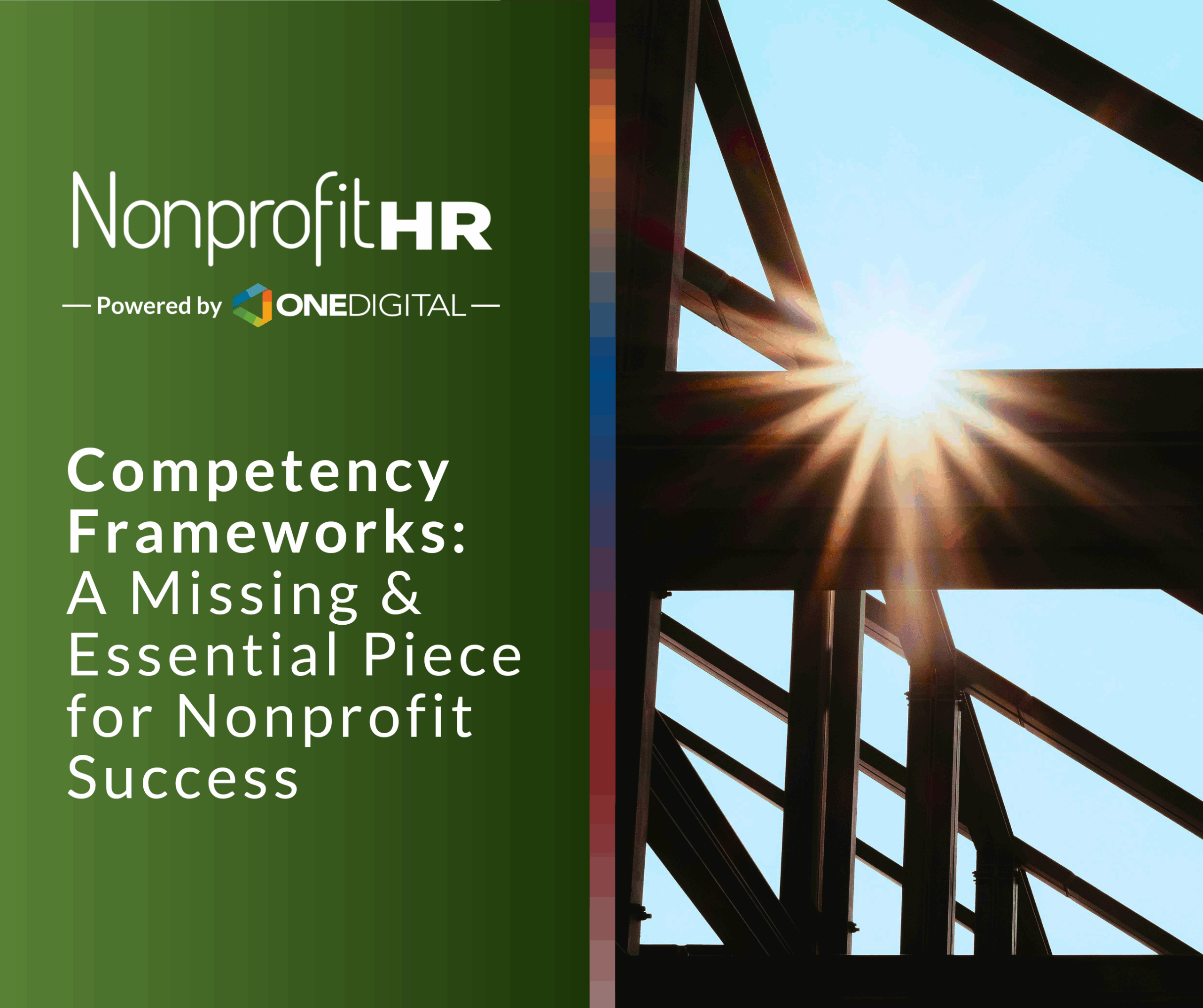WTOP: 5 ways nonprofits can…
Only half of major organizations regard talent management as a top priority, according to a survey of 537 U.S. companies by Right Management, the talent and career management expert within ManpowerGroup. For 13% of organizations talent management is a secondary priority, and for the balance not a priority at all, according to the survey.
“It may be that ‘talent management’ is still an emerging concept for non-HR professionals,” said Owen J. Sullivan, Right Management CEO and President of ManpowerGroup Specialty Brands. “Nevertheless, our research finds that HR executives are fully on board with the process, despite implementation posing a continuing challenge. What the survey data tell us is that much of senior management hasn’t yet focused on talent management as an integrated strategic concept, even if they actually support many key elements.”
According to Sullivan, a talent management strategy includes, among other facets, recruitment, assessment, training and development, retention and leadership programs with each being closely aligned with the organization’s business objectives. “Senior management surely accepts all of these as worthy objectives, but may not see how they ought to fit together as an integrated strategy.”
Respondents were asked to cite the core elements of their organization’s talent management strategy, if applicable. The following ranking is the result:
- Leadership development (e.g., coaching, high-potential programs, succession management, onboarding, performance management, cross cultural competency)
- Talent acquisition (e.g., sourcing, hiring, selecting and onboarding talent)
- Employee engagement (e.g., engagement and retention strategies, wellness, productivity optimization)
- Individual and team development ( e.g., competency modeling, organizational, team and individual assessments)
- Organization effectiveness (e.g., implementing strategy, workforce alignment, change management)
- Outplacement and workforce transition (e.g., career transition assistance, career management and development)
“Leadership development seems to be central to everyone’s idea of a talent management strategy,” said Sullivan. “Clearly this is the key pressure point for most organizations. Most seem to agree about the goals … to retain high-value talent, to ensure future leadership and to plan and manage succession.”





























